
Few know that UCA has a long military history, but take a walk on campus and you will soon see how UCA has chosen to honor their fallen. Oak trees lining the sidewalks serve as living reminders of those World War II veterans and alumni of UCA who came before us and made the ultimate sacrifice for our freedom. Additionally, the school has erected war memorials outside McAlister Hall that lists and honors all fallen veterans who were alumni of the university, and a wiki memorial page has been created to provide more information for these veterans. Yet even after all the work that has been put in to remember these servicemen and women, many students walk by these memorials without recognizing their significance.
This semester in Donna’s Core II class, we focused on what we can do as students to raise awareness and support for these memorials and the veterans who are part of our community on campus. We split into three groups: an event group tasked with organizing an event to support UCA veterans, a communications group to spread the word about these memorials, and a research group that focused on sharing the stories of these veterans by creating web pages for them by expanding the memorial wiki page.
The event group’s work culminated in a gathering called “Pizza with Patriots.” Students were able to connect with veterans in their community as they shared how the time they spent in the military has shaped them. Furthermore, Pizza with Patriots provided for the release of information about a scholarship opportunity starting next fall. The communications group worked to establish a $300 essay contest challenging contestants to research and write about the veterans in which these memorials are dedicated. In doing so, they created a legacy to increase awareness about the memorials on UCA’s campus. Lastly, the research group conducted genealogy research to find photos and information to help bring the names of the men and women etched on the war memorials to life. We were able to expand the UCA War Memorial web page to include information about virtually every single fallen veteran honored on the war memorial.
I was a part of something this semester that has created a lasting impact on my community. The work my class did has brought people together and shared stories that deserve to be heard. Be looking for more information about the essay contest next semester, and if you want to learn more about the stories of these fallen heroes please visit the UCA War Memorial web page at https://honors.uca.edu/memorial/index.php/Main_Page











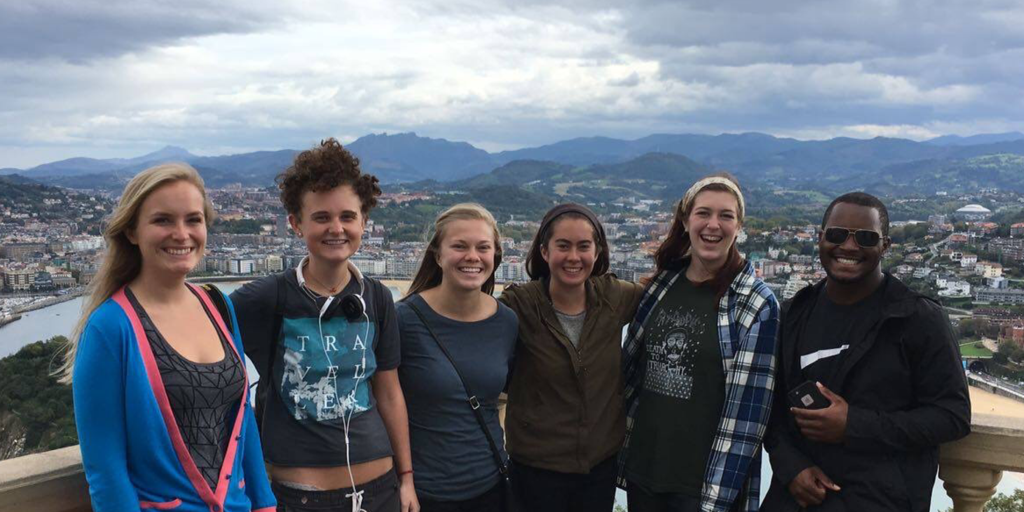 If you go out to the narrow roads, passageways, and alleys that make up a Spanish town between 2 and 5 in the afternoon, you will find the normally crowded streets ghostly empty. You can find a few people scattered in bars enjoying tapas and a midday drink, but most people go home to spend the break with their families.
If you go out to the narrow roads, passageways, and alleys that make up a Spanish town between 2 and 5 in the afternoon, you will find the normally crowded streets ghostly empty. You can find a few people scattered in bars enjoying tapas and a midday drink, but most people go home to spend the break with their families.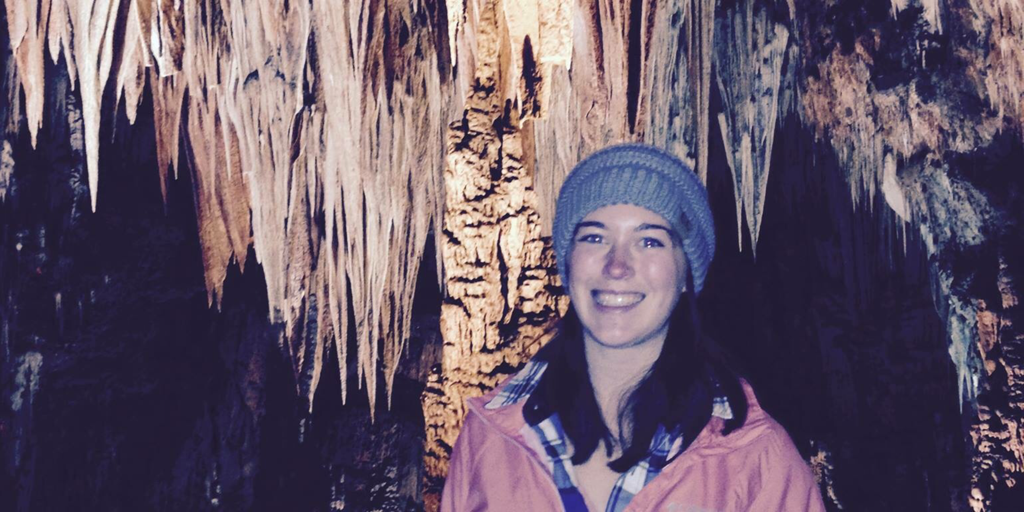
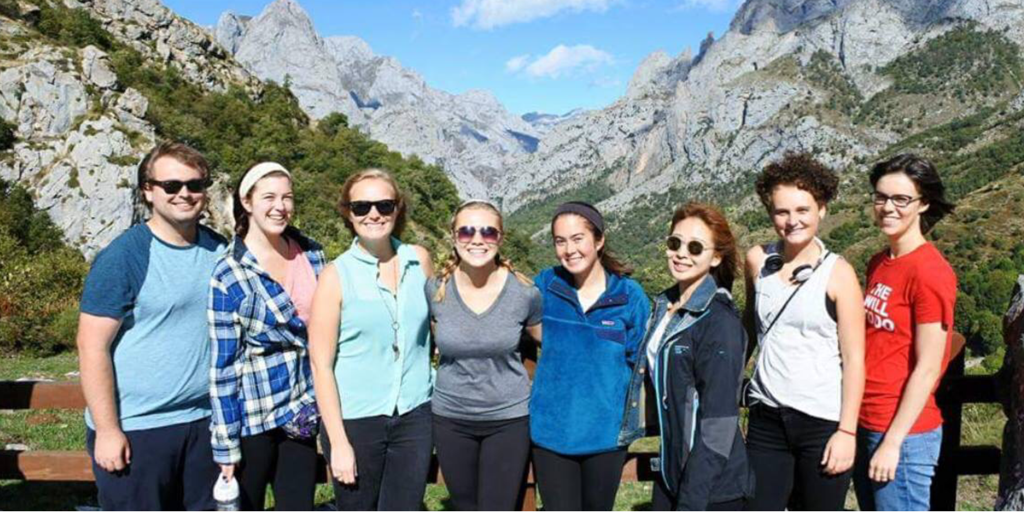
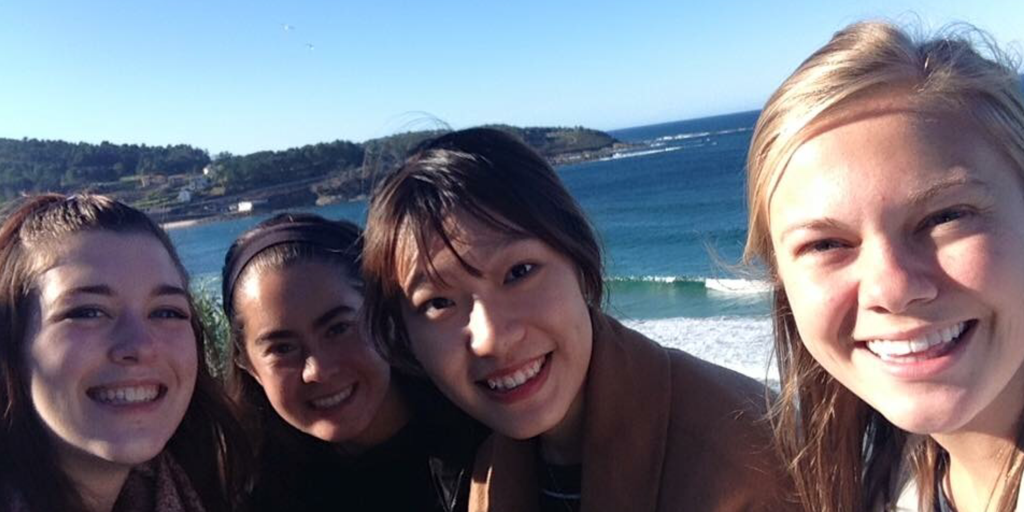
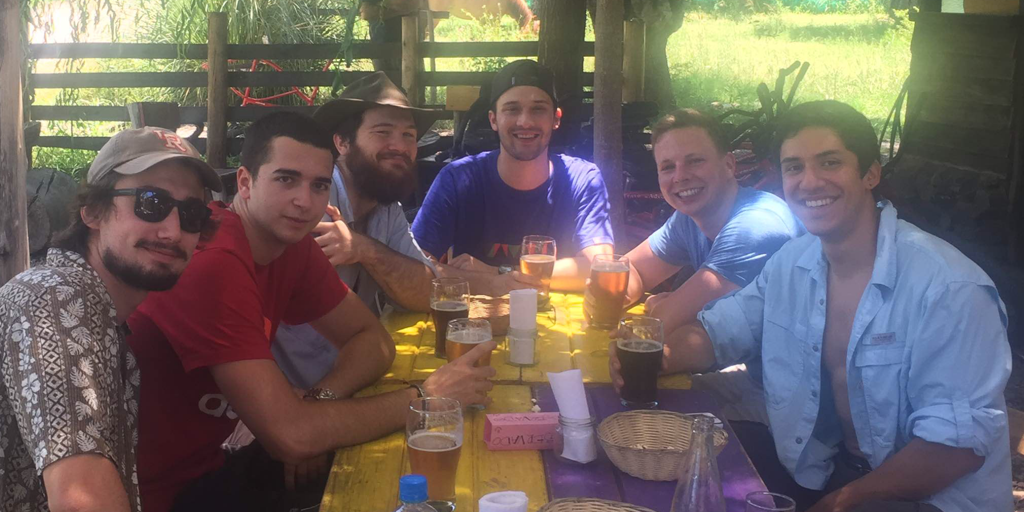 On December 26th I woke up a day after a good Christmas celebration with my family to leave for South America. My mother and brother dropped Rafael and me off at Levi’s house and from there, Rafael, Levi, and I drove to Dallas. We parked Levi’s car at the Dallas-Forth Worth Airport Hotel and took a shuttle to the airport where we met the rest of the gang – Scotty, Tony, and Ryan. After waiting a few hours for the plane we finally boarded and began our sixteen-day journey.
On December 26th I woke up a day after a good Christmas celebration with my family to leave for South America. My mother and brother dropped Rafael and me off at Levi’s house and from there, Rafael, Levi, and I drove to Dallas. We parked Levi’s car at the Dallas-Forth Worth Airport Hotel and took a shuttle to the airport where we met the rest of the gang – Scotty, Tony, and Ryan. After waiting a few hours for the plane we finally boarded and began our sixteen-day journey.
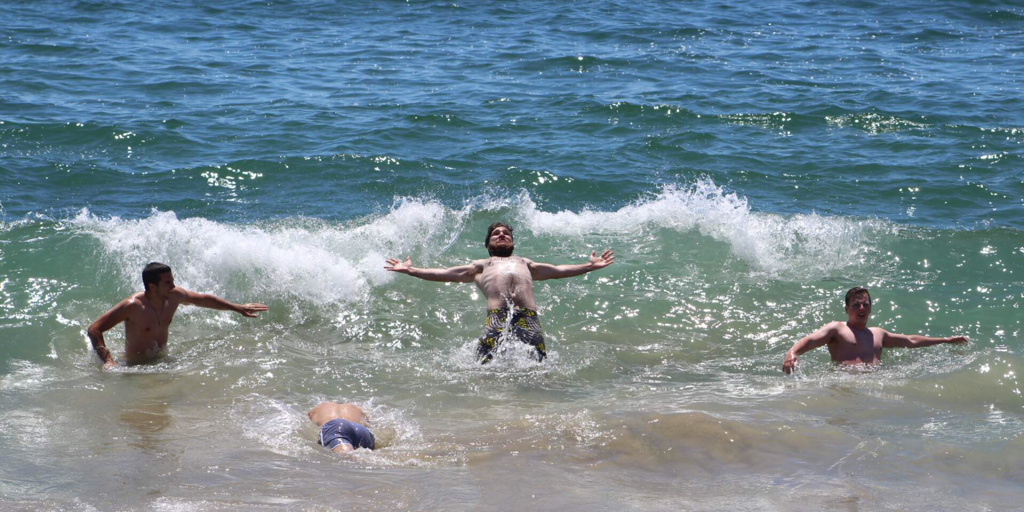
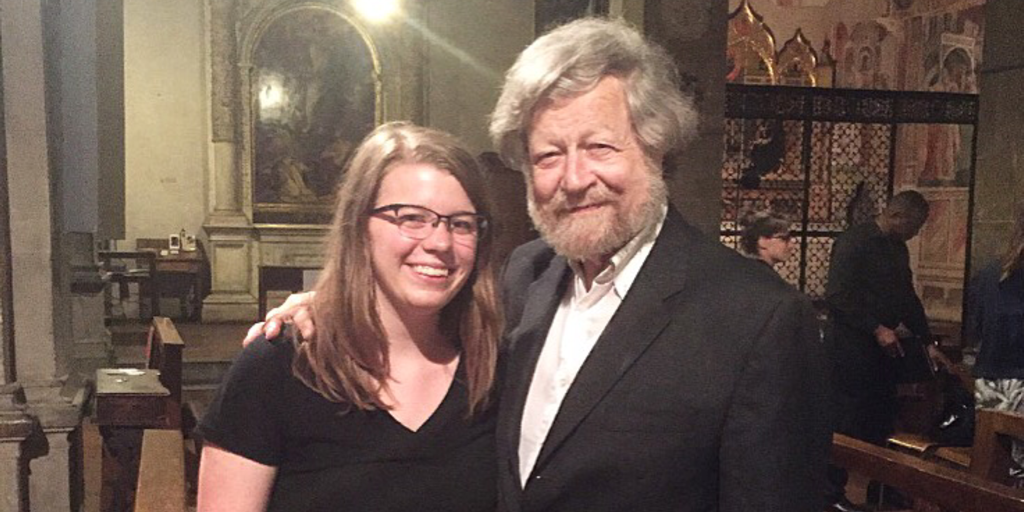
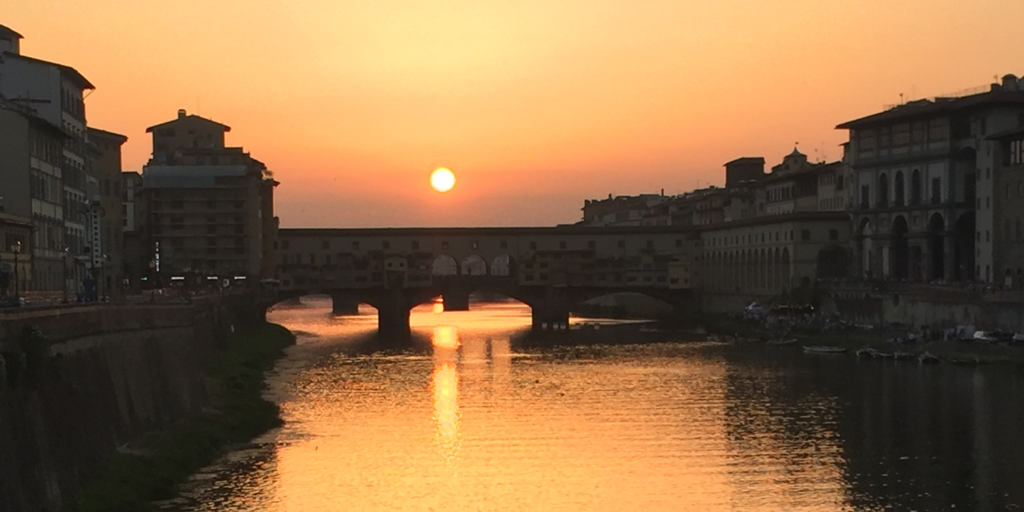
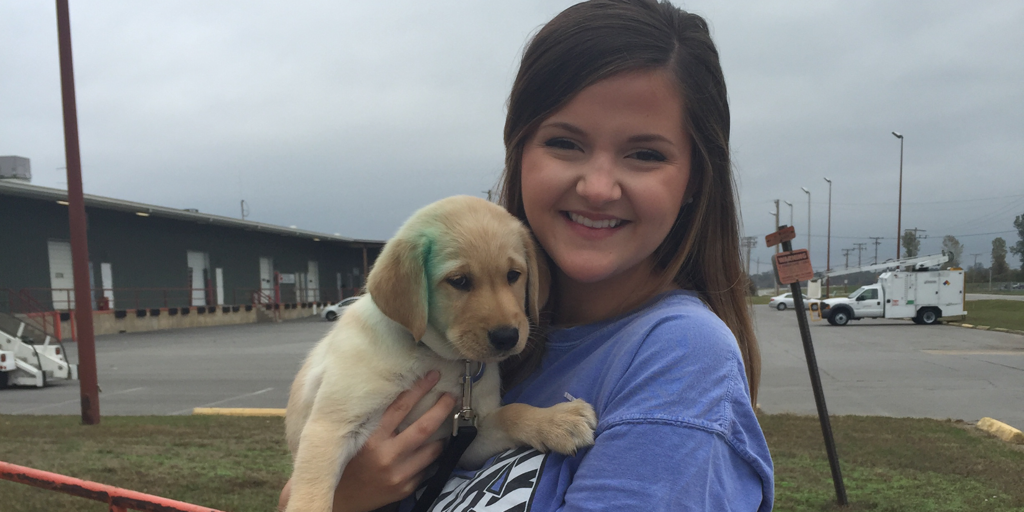 I’m a volunteer puppy raiser for Canine Companions for Independence (CCI), which is a nonprofit organization that provides highly trained companion dogs to people with disabilities. CCI raises and trains service, assistance, hearing, and facility dogs, each with their own role in a person’s life. I found CCI when I was seeking an opportunity to integrate working dogs into a thesis project, and I’m so glad that I did. I’ve seen firsthand the impact that a CCI dog can have on someone’s life and I’m proud to be a small part of this organization.
I’m a volunteer puppy raiser for Canine Companions for Independence (CCI), which is a nonprofit organization that provides highly trained companion dogs to people with disabilities. CCI raises and trains service, assistance, hearing, and facility dogs, each with their own role in a person’s life. I found CCI when I was seeking an opportunity to integrate working dogs into a thesis project, and I’m so glad that I did. I’ve seen firsthand the impact that a CCI dog can have on someone’s life and I’m proud to be a small part of this organization. Gibson is a little over a year old now and his outings are increasingly becoming a regular part of my life. I bring Gibson with me every chance that I get—to the grocery store, restaurants, classes, movie theaters, and even to the voting booth last week. People in public usually respond well and understand that he’s training, but of course I’ve had lots of staring, rude remarks, and even people turning me away from their business. However, he gets a little better each time I take him with me because he becomes more and more familiar with different situations. Sometimes we’ll stand up to leave from a restaurant and I’ll hear people say they didn’t even realize a dog was under our table—which is the biggest compliment somebody could give us, since it took a ton of work to get him to that point.
Gibson is a little over a year old now and his outings are increasingly becoming a regular part of my life. I bring Gibson with me every chance that I get—to the grocery store, restaurants, classes, movie theaters, and even to the voting booth last week. People in public usually respond well and understand that he’s training, but of course I’ve had lots of staring, rude remarks, and even people turning me away from their business. However, he gets a little better each time I take him with me because he becomes more and more familiar with different situations. Sometimes we’ll stand up to leave from a restaurant and I’ll hear people say they didn’t even realize a dog was under our table—which is the biggest compliment somebody could give us, since it took a ton of work to get him to that point.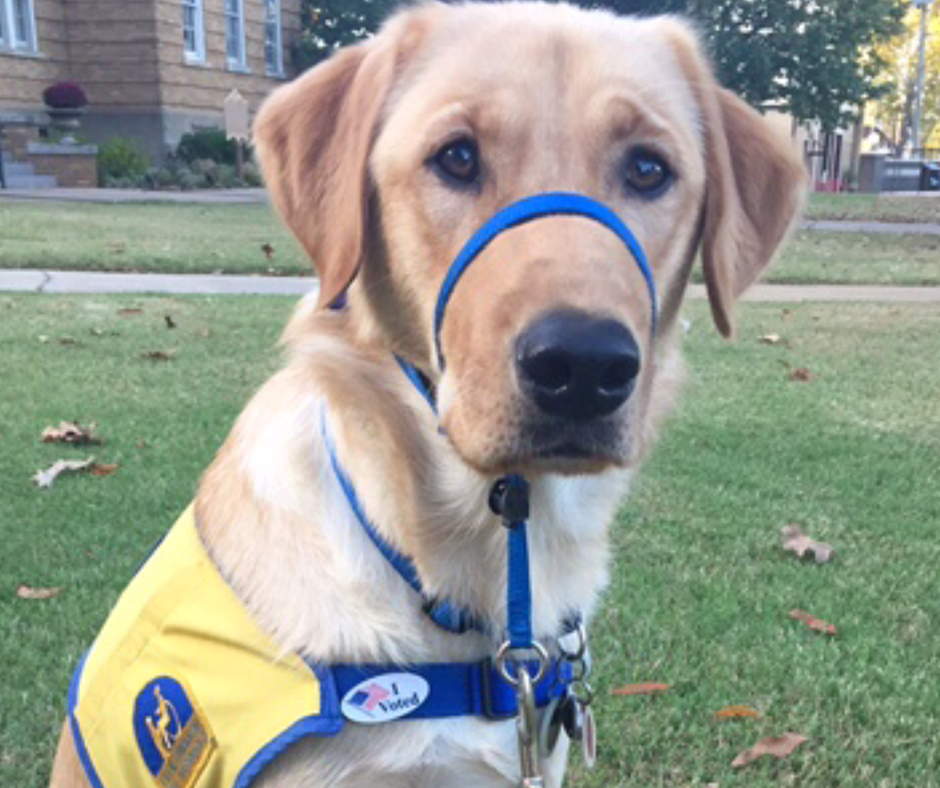
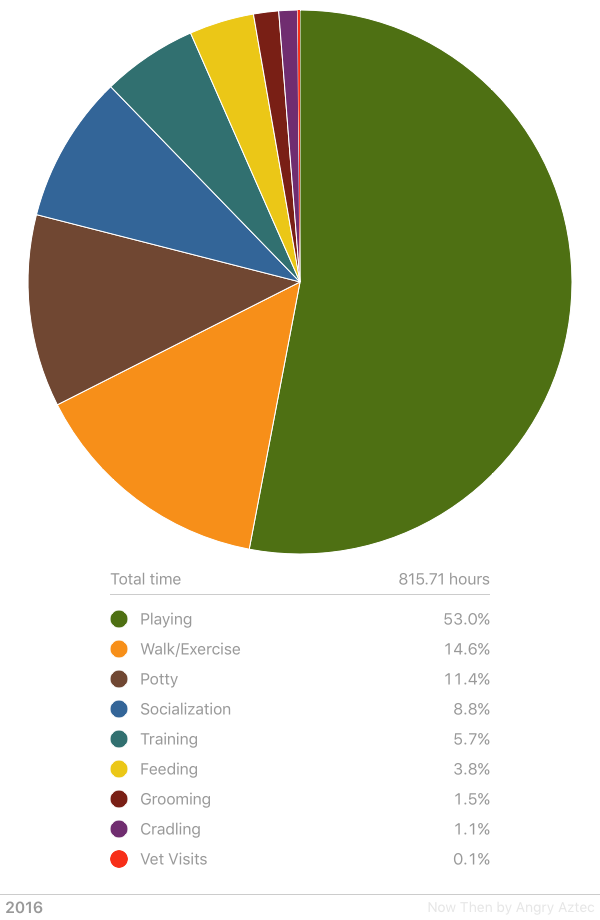

 My time in Tanzania wasn’t all work and no play. On the weekends, I got to travel to the Hot Springs at Moshi and go on a safari to the Serengeti and the Ngorongoro Crater with some of the friends I had made. Words cannot describe how beautiful Tanzania is. We swam in the hot springs for hours getting tickled by tiny fishes and fighting the current to explore secluded pools. I have never seen such crystal clear and azure water in my life. The next morning we drove to the base of Mt. Kilimanjaro, the highest peak in Africa, where we hiked to the Ndoro waterfalls and visited the gate where hikers start to climb Kili.
My time in Tanzania wasn’t all work and no play. On the weekends, I got to travel to the Hot Springs at Moshi and go on a safari to the Serengeti and the Ngorongoro Crater with some of the friends I had made. Words cannot describe how beautiful Tanzania is. We swam in the hot springs for hours getting tickled by tiny fishes and fighting the current to explore secluded pools. I have never seen such crystal clear and azure water in my life. The next morning we drove to the base of Mt. Kilimanjaro, the highest peak in Africa, where we hiked to the Ndoro waterfalls and visited the gate where hikers start to climb Kili. I went on a three-day safari that started with a game drive in the Serengeti. The wildlife we saw was astounding- cheetahs, elephants, giraffes, lions, antelope, a leopard, hyenas, hippos, ostriches, buffalo, baboons, and zebras. We spent two nights camping while on safari- one in the Serengeti and one in the Ngorongoro Crater. I had never been tent camping before, but I absolutely loved seeing the stars so clearly without any light pollution from the city. Because we spent the night at the top of the Ngorongoro Crater, which was created through the collapse of a volcano, it was extremely cold. We bundled together, and I wore my Massai wrap around my shoulders everywhere I went.
I went on a three-day safari that started with a game drive in the Serengeti. The wildlife we saw was astounding- cheetahs, elephants, giraffes, lions, antelope, a leopard, hyenas, hippos, ostriches, buffalo, baboons, and zebras. We spent two nights camping while on safari- one in the Serengeti and one in the Ngorongoro Crater. I had never been tent camping before, but I absolutely loved seeing the stars so clearly without any light pollution from the city. Because we spent the night at the top of the Ngorongoro Crater, which was created through the collapse of a volcano, it was extremely cold. We bundled together, and I wore my Massai wrap around my shoulders everywhere I went. I will never be the same person I was before I traveled to Tanzania. I have experienced a new culture, a new way of life, and new natural beauty that have opened my mind and expanded my worldview. If you’re ever given the opportunity, travel. Travel to places that scare you and excite you, because you will gain so much from those experiences. And if you get the chance, volunteer abroad, because it truly allows you to integrate into another culture and appreciate your own.
I will never be the same person I was before I traveled to Tanzania. I have experienced a new culture, a new way of life, and new natural beauty that have opened my mind and expanded my worldview. If you’re ever given the opportunity, travel. Travel to places that scare you and excite you, because you will gain so much from those experiences. And if you get the chance, volunteer abroad, because it truly allows you to integrate into another culture and appreciate your own.



